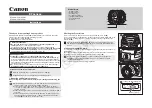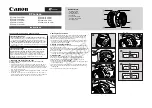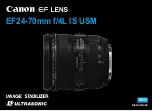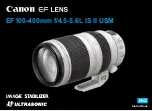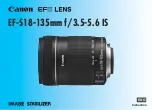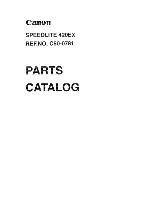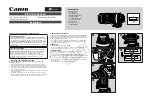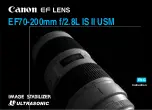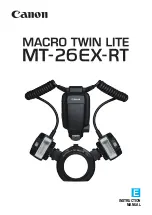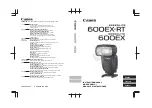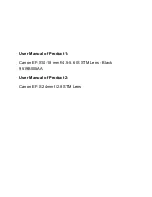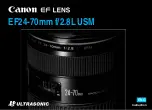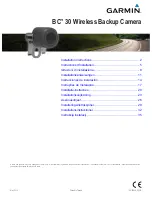
76
Camera Performance and Features
Power Supply Issues
For safe and reliable operation, the camera input supply must be +12 V to +24 V DC with a ±5%
tolerance.
The power supply to the camera should be suitably current limited, as per the applied input voltage
of b12 V to +24 V.
Assume a worst case power consumption of +24 W and a 150% current rating for the breaker or
fuse.
Note that the camera will not start to draw current until the input supply is above approximately
10.5 V and 200 msec has elapsed. If the power supply stabilizes in less than 200 msec, then inrush
current will not exceed normal operating current.
It is important to consider how much voltage loss occurs in the power supply cabling to the
camera, particularly if the power cable is long and the supply is operating at +12 V where the
current draw is highest.
Reading the input supply voltage as measured by the camera will give an indication of the supply
drop being experienced.
The camera tolerates “hot” unplugging and plugging.
The camera has been designed to protect against accidental application of an incorrect input
supply, up to reasonable limits.
With the following input power issues, the status LED will be OFF:
The camera will protect against the application of voltages above approxi28 V. If
the overvoltage protection threshold is exceeded, then power is turned off to the camera’s
internal circuitry. The power supply must be recycled to recover camera operation. The
input protection circuitry is rated up to an absolute maximum of +30 V. Beyond this
voltage, the camera may be damaged.
The camera will also protect against the accidental application of a reverse input supply up
to a maximum of -30 V. Beyond this voltage, the camera may be damaged.
Causes for Overheating & Power Shut Down
For reliable operation, the camera’s face plate temperature should be kept below +65
°
C and the
internal temperature kept below +70
°
C.
Many applications, such as in clean rooms, cannot tolerate the use of forced air cooling (fans) and
therefore must rely on convection.
The camera’s body has been designed with integrated heat fins to assist with convection cooling.
The fins are sufficient to keep the camera at an acceptable temperature if convection flow is
unimpeded.
The camera also benefits from conducting heat away from the body via the face plate into the lens
extension tubes and camera mount. It is therefore important not to restrict convection airflow
around the camera body, especially the fins and the lens assembly and camera mount. Lowering
the ambient temperature will equally lower the camera’s temperature.



















